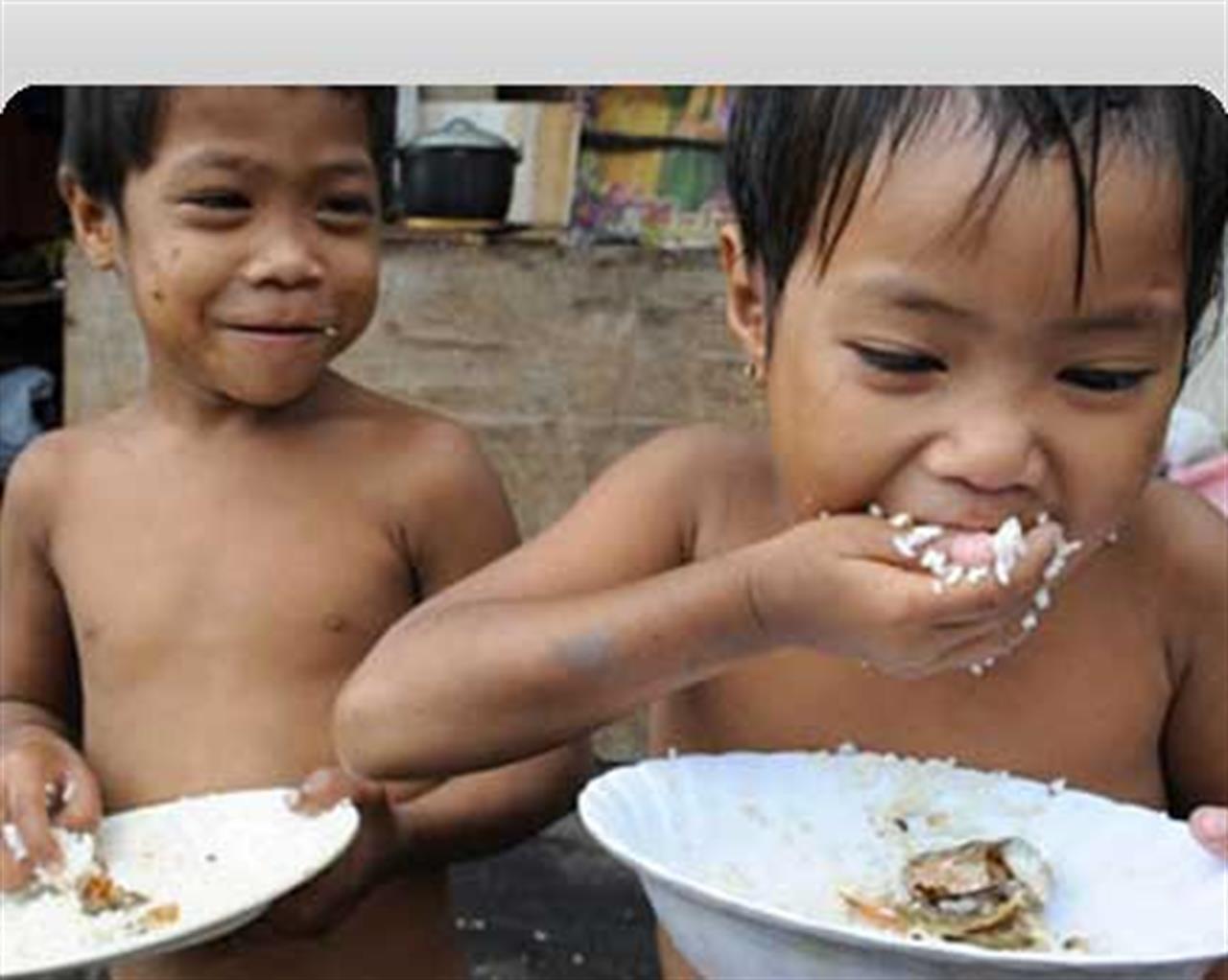Non profit
FAO: World food outlook for 2009
The UN Food and Agriculture Organisation has released an exhaustive report of what the world food scenario will look like in 2009. Here are the highlights.
di Staff

As the year draws to a close, FAO’s latest estimates confirm that a new record high level of global cereal production was achieved in 2008, sufficient to cover the expected increase in utilization in 2008/09 and also allow for a moderate replenishment of world reserves.
Most of the increase in production this year has been among the developed countries, with that in the developing countries rising just marginally. In the developing group, outputs rose somewhat more among the Low-Income Food-Deficit Countries, especially in countries where agriculture production support was provided by governments.
International cereal prices have continued to fall over the past months. In the first two weeks of December, the prices for wheat and coarse grains averaged respectively 40 percent and 20 percent less than the December average last year. For rice, however, the price of the benchmark Thai variety, although well down from its peak in May, remained 54 percent above the December average last year.
Despite the decline of international cereal prices, food prices remain at high levels in developing countries and in several continue to increase, affecting the food security of large numbers of vulnerable populations. In Afghanistan, Eritrea and Ethiopia prices of food staples are twice or more their levels of a year earlier.
Smaller winter wheat plantings for the 2009 harvest are reported in several major producing countries in Europe and North America, in response to lower international prices and prospects of reduced demand in view of the global economic crisis, and the high cost of inputs.
Africa
In Southern Africa, where the food situation is tight following last year’s reduced harvest in several countries and persistent high food prices, the late start of the 2008/09 rainy season and anticipated lower plantings in the largest producer South Africa may negatively affect 2009 production.
In Western Africa, a bumper 2008 cereal harvest is being gathered, particularly in the Sahelian countries where the aggregate output is estimated to have increased by one-third from 2007. This reflects good weather and production support measures.
In Eastern Africa, the “short-rains” season from October has been very favourable for pastoral and agro-pastoral areas including central and southern Somalia, north-western Kenya and south-eastern Ethiopia where millions have suffered severe food problems after repeated poor seasons.
Food assistance
Notwithstanding an improved outlook for global cereal supplies in 2008/09, 33 countries around the world are estimated to be in need of external assistance as a result of crop failures, conflict or insecurity and high domestic food prices. In Zimbabwe, where the number of food insecure is estimated at 5.1 million, a recent outbreak of cholera poses an additional serious threat to health and nutrition of the vulnerable population. In the Democratic People’s Republic of Korea, an estimated 8.7 million people, or around 40 percent of the population, urgently need food assistance.
Find out more: http://www.fao.org/docrep/011/ai476e/ai476e00.htm
Vuoi accedere all'archivio di VITA?
Con un abbonamento annuale potrai sfogliare più di 50 numeri del nostro magazine, da gennaio 2020 ad oggi: ogni numero una storia sempre attuale. Oltre a tutti i contenuti extra come le newsletter tematiche, i podcast, le infografiche e gli approfondimenti.
